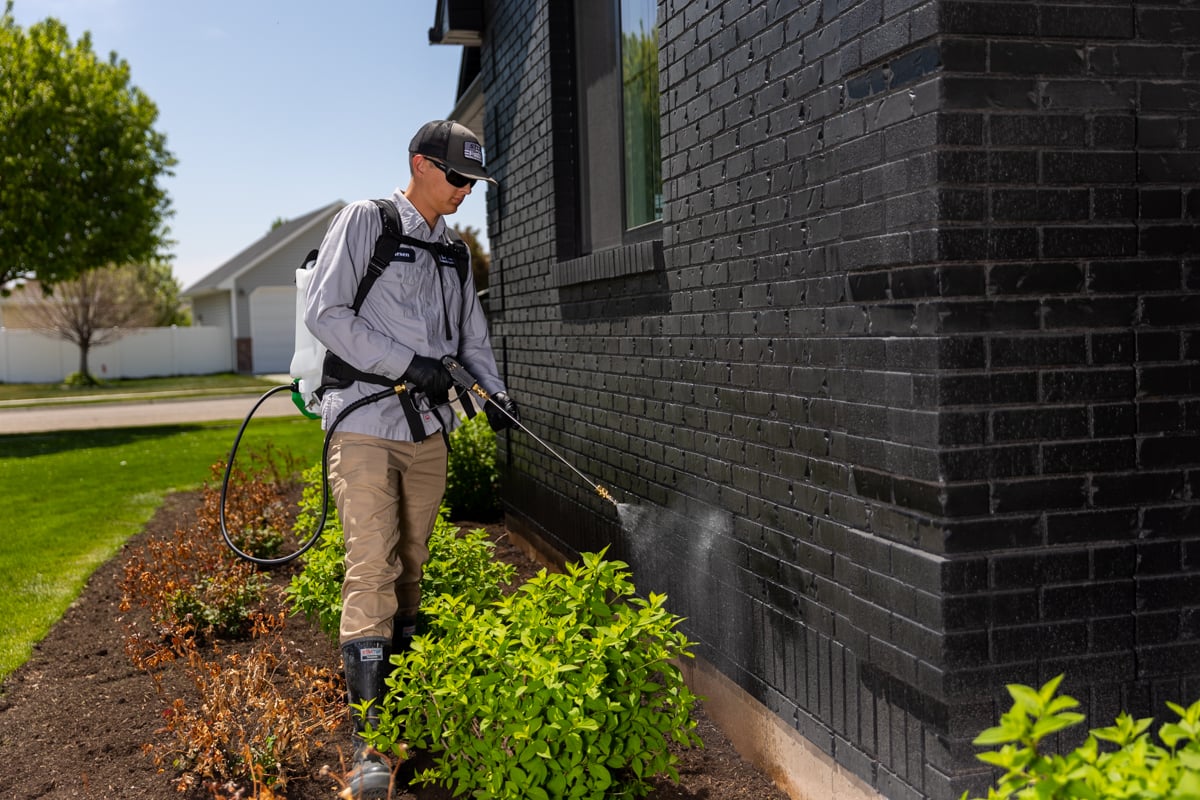Bed Pest Treatment Break Down: Comparing Chemical Vs. Non-Chemical Solutions
In the world of pest control, especially when dealing with the relentless problem of bed pests, the option in between chemical and non-chemical treatment solutions can be a crucial one. Both methods provide distinct advantages and disadvantages, affecting aspects such as efficiency, safety and security factors to consider, and overall cost. By taking a look at the nuanced details of each technique, a more clear understanding of which course to seek in attending to a bed bug problem can be achieved.
Performance of Chemical Therapies
Chemical therapies for bed bug infestations have been extensively recognized for their fast and powerful effectiveness in getting rid of these pests. When taking into consideration the effectiveness of chemical treatments, it is crucial to understand that they can give a quick and detailed remedy to a bed bug issue. Professional exterminators frequently rely on pesticides to target bed pests at different phases of their life cycle, including grownups, fairies, and eggs. These chemicals normally function by disrupting the bed insects' nerve system, bring about paralysis and ultimate fatality.
Furthermore, chemical treatments have the advantage of supplying recurring effects, meaning that they can proceed to get rid of bed pests also after the preliminary application. This recurring action is particularly useful in combating any potential re-infestations. In addition, the fast activity of chemical treatments can bring alleviation to individuals encountering serious bed pest invasions, allowing them to gain back control of their living rooms rapidly.
Safety And Security Interest In Chemical Solutions
One critical facet that needs mindful factor to consider when using chemical services for bed bug treatment is ensuring the safety and security of passengers and the environment. Exposure to particular chemicals utilized in bed insect treatments can lead to breathing problems, skin inflammation, or other unfavorable reactions, specifically in individuals with pre-existing conditions or sensitivities.
Additionally, the ecological influence of chemical options is an additional substantial consideration. Some chemicals made use of in bed bug treatments might be dangerous to advantageous bugs, wildlife, and communities if they leach right into the soil or water systems. It is crucial to use chemical therapies deliberately, following security guidelines, and considering less hazardous alternatives to alleviate these risks and make sure the effective and secure administration of bed bug infestations.
Advantages of Non-Chemical Approaches
Considering the potential security problems and environmental impact associated with chemical options for bed pest therapy, exploring non-chemical approaches provides an encouraging alternative with a number of distinctive benefits. Non-chemical techniques offer a safer alternative for families, specifically those with children, people, or pets conscious severe chemicals. These methods eliminate the risks of direct exposure to poisonous substances, reducing the capacity for unfavorable wellness results. Additionally, non-chemical treatments are eco-friendly, as they do not add to air or water pollution, making them a lasting selection for bug control.
In addition, non-chemical remedies can be reliable in targeting bed bugs, including hard-to-reach locations where chemical therapies might not permeate - A1 charlotte pest control companies. Methods such as warmth therapy, vacuuming, steam cleaning, and cushion coverings give comprehensive elimination without the use of unsafe chemicals.
Limitations of Non-Chemical Treatments

In addition, non-chemical treatments frequently call for numerous applications to accomplish successful obliteration. This can be lengthy and might not constantly guarantee total elimination of all bed pests and their eggs, especially in hard-to-reach or hidden areas.
Furthermore, the success of non-chemical treatments greatly depends on proper application and thoroughness, which can be testing for people without expert experience. Insufficient application of non-chemical approaches may cause incomplete eradication, bring about persistent invasions and the demand for added treatments.
Therefore, while non-chemical treatments have their benefits, it is important to acknowledge these constraints and consider them when establishing the most reliable strategy for taking care of bed bug invasions.
Expense Comparison: Chemical Vs. Non-Chemical Options
Offered the restrictions linked with non-chemical treatments, a vital aspect to assess in the context of bed pest administration is the price comparison in between chemical and non-chemical choices. In contrast, non-chemical therapies like heat therapy or heavy steam can be much more expensive, with prices varying from $1,000 to $6,000 for a whole home. While the initial cost of chemical therapies may appear reduced, numerous treatments may be needed to fully remove the infestation, possibly raising the general price.
Conclusion

Taking into consideration the potential the original source safety issues and environmental impact connected with chemical services for bed insect therapy, exploring non-chemical techniques presents an appealing choice with several unique advantages.Given the restrictions associated with non-chemical treatments, an important element to examine in the context of bed pest management is the expense contrast in between chemical and non-chemical options. In contrast, non-chemical treatments like heat treatment or steam can be much more costly, with my review here expenses varying from $1,000 to $6,000 for an entire home. While the initial price of chemical treatments may appear lower, numerous treatments might be required to fully eradicate the infestation, potentially enhancing the general expense.In final thought, when contrasting chemical and non-chemical bed insect therapy choices, it is vital to think about performance, safety and security, advantages, limitations, and expense.